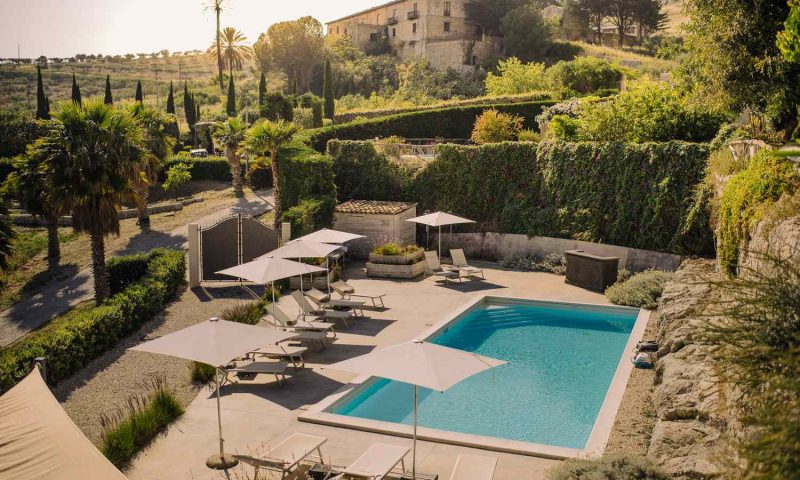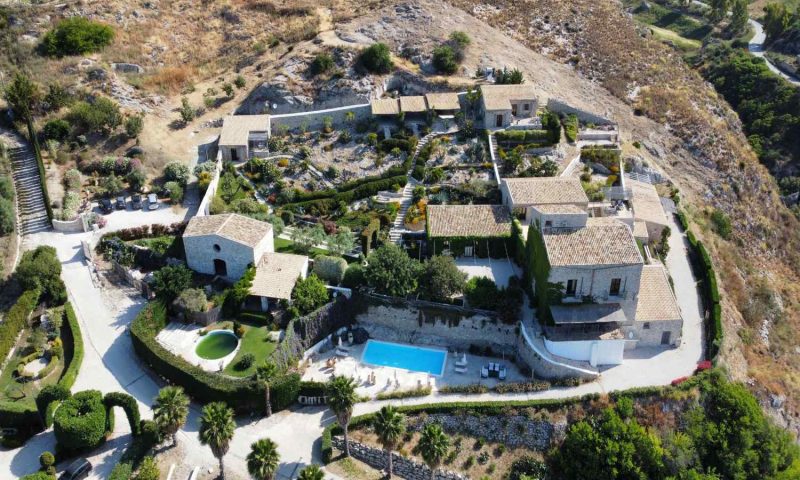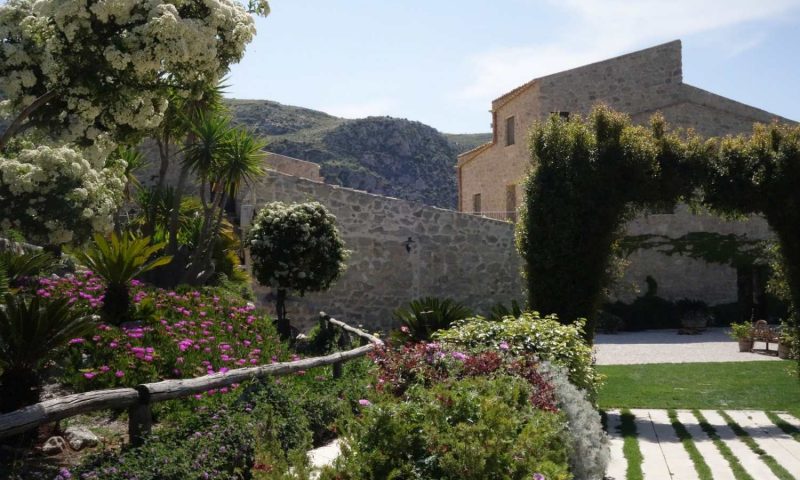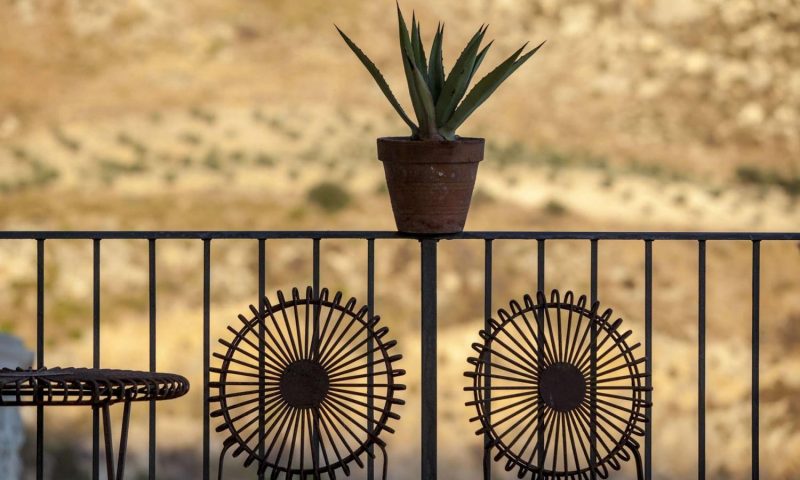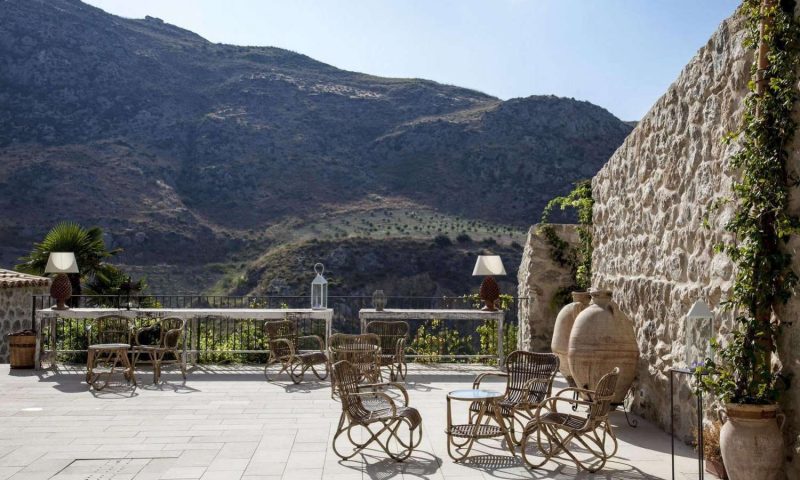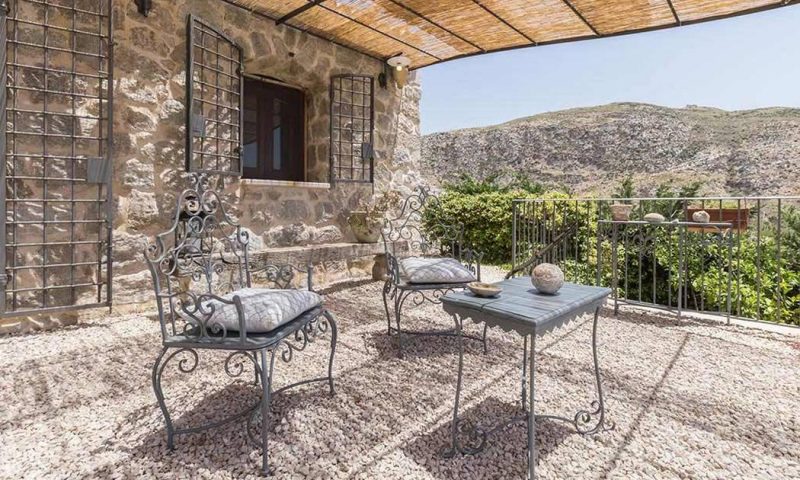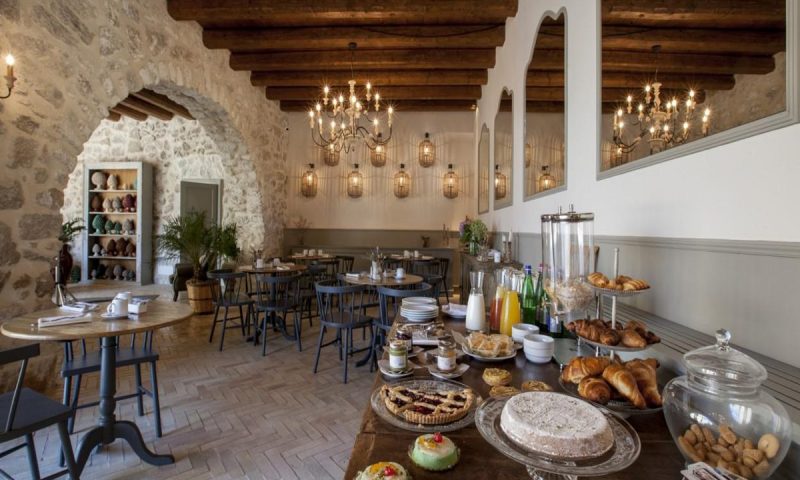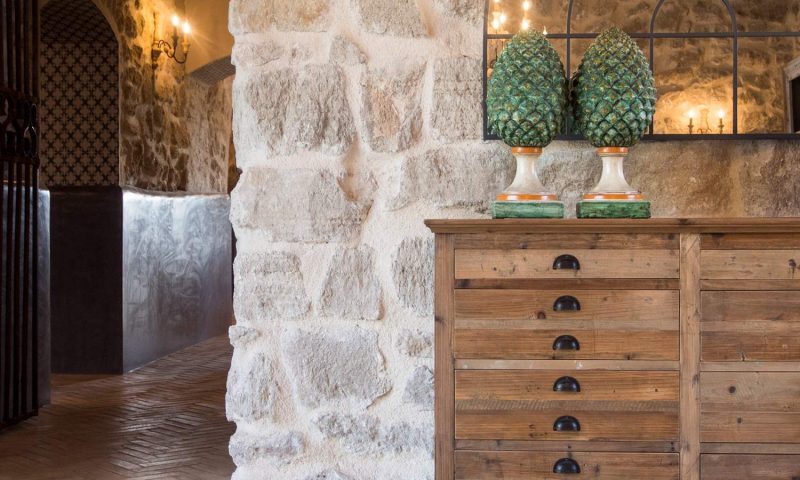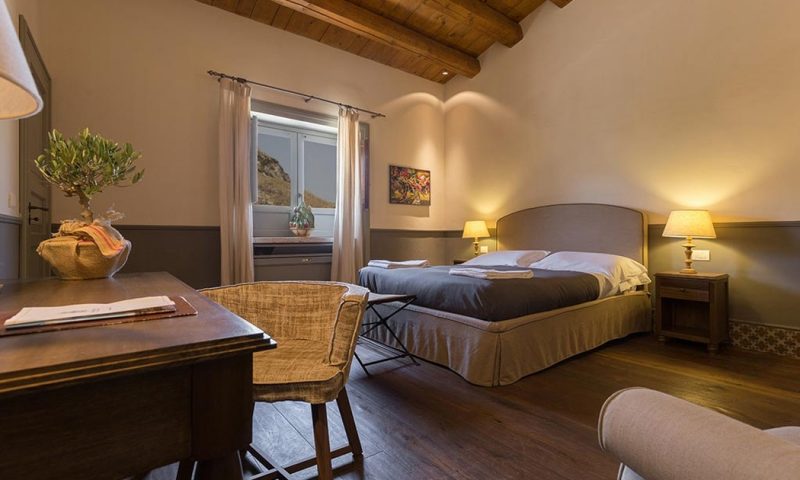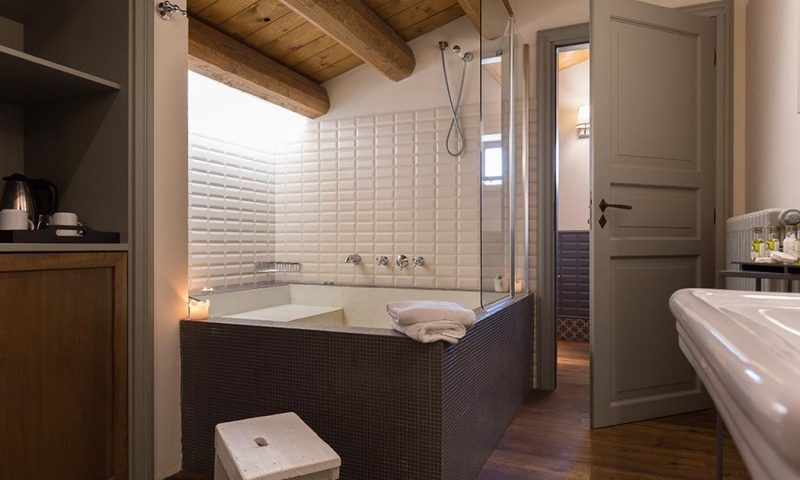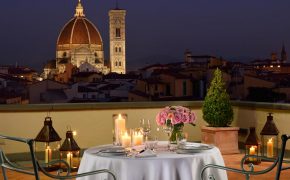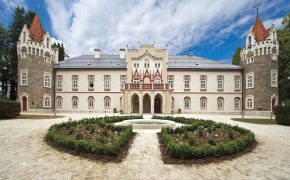Masseria Agnello, overlooking a charming hill facing the African sea, stands on an old nineteenth-century settlement that was once the fiefdom of a noble Sicilian family. The places lends itself to an emotional, sensory journey, enriched by the genuine flavours of a generous land.
A unique corner of the territory where sensory paths are combined with carefully restored architectural features of the old rural farming community. Masseria Agnello, overlooking a charming hill facing the African sea, stands on an old nineteenth-century settlement that was once the fiefdom of a noble Sicilian family.
The places lends itself to an emotional, sensory journey, enriched by the genuine flavors of a generous land. The Masseria is made up of a central body,the old house of the “Massaro”, with individual apartments restored from pre-existing settlements.
The restoration of the entire structure has maintained the charm of the old Sicilian residents of the late nineteenth century. The hall and the living area open onto the old barn areas on the ground floor, where you can appreciate the typical products of this land. On the upper floors, there are the guest rooms that maintain architectural features of the past.
A portion of barren and forgotten Sicilian territory has been recovered, planting and cultivating expanses of land designing a soft hilly landscape around the Masseria, from which a suggestive rock garden was created.
Masseria Agnello, overlooking a charming hill facing the African sea, stands on an old nineteenth-century settlement that was once a fiefdom of a noble Sicilian family. The places lends itself to an emotional, sensory journey, enriched by the genuine flavours of a generous land. Traditional Sicilian dishes, with a high quality of products and flavours, impossible to forget.
SCALA DEI TURCHI
Similar to a white ship stranded, sculpted over the centuries by wind and rain, the white limestone resembles large steps that rise from the sea to the sky. For these characteristics, the place is among the most suggestive, surreal and unique in Sicily.
The coast, starting from Porto Empedocle , which forms the coast of Agrigento, runs sheer to the sea and is characterized by many coves with golden beaches that are difficult to reach but not impossible.
The Scala dei Turchi is a rocky wall (cliff) that rises above the sea along the coast of Realmonte, near Porto Empedocle. The Steps are made up of marl, a sedimentary rock of calcareous and clayey nature, having a characteristic pure white color.
In August 2007, an official request was presented to UNESCO by the Municipality of Realmonte for this geological site, together with the Villa Aurea (from Roman times), to be included in the organization’s World Heritage List of the UN, since the area has the three requisites necessary for such importance.
The name of the Scala dei Turchi comes from its natural shape and from the scene of piracy attacks, by Arab populations generically called “Turks” who, according to the legend, moored their ships in the waters of the Scala which represented a less windswept and protected coastal surveillance.
From there they climbed between the inlets of the cliff, reached the top and plundered everything from neighboring villages. It is said that the Turks ended their forays into the Scala, after clashing with the population of today’s Porto Empedocle. Hence the dialect exclamation “Cu piglia un turcu è so” (who grabs a Turk gets to keep them) originated.
In addition to the singular shape, the white colour, the landscape and the Sicilian sea, the Scala dei Turchi also owes its popularity to the novels by Andrea Camilleri of Commissioner Montalbano, in which many of these places are mentioned (nearby is the imaginary town of the commissioner, Vigata).
NATURE RESERVE NEAR TORRE SALSA
Between Siculiana Marina and Eraclea Minoa there is an unspoiled coast, the Torre Salsa Nature Reserve. Where the white cliffs alternate with the calcareous marl in Globigerina, sometimes covered with layers of clay.
The herbaceous and bushy vegetation that covers the environment, sometimes impenetrable, occasionally allows access to the splendid beach via narrow paths between the rocks. The sea is crystal clear, the depths lush with flora and rich in fauna.
Torre Salsa, an ancient watchtower, is located in the heart of this oasis and dominates the top of a small clay high point, from which the white limestone marl shines through where the erosion process is more intense. On the sea, a jagged rocky plateau creates a myriad of paths, where the fish dart quickly among the algae and the slow crustaceans find refuge.
The rugged nature of the place has preserved this oasis from being divided and protects it, due to the variety and beauty of its environment, to the importance of the flora and fauna, making it among the most interesting areas of Sicily, deserving maximum protection.
VALLEY OF THE TEMPLES
In the Valley of the Temples, built in 581 BC by the inhabitants of Gela (who in turn were originally from the islands of Rhodes and Crete) and declared by Unesco, in 1997, “world heritage of humanity“, among centenary olive trees and almond trees, there is one of the largest archaeological finds in the Mediterranean.
The park, about 1300 hectares wide, preserves the remains of the ancient city of Akragas and the surrounding area, all the way to the sea. Akragas was one of the most important Greek colonies in Sicily.
The colony in the last decades of the sixth century BC was surrounded by a mighty wall 12 km long and equipped with 9 gates, reaching fame and power under the tyrant Terone, but especially during the years of democracy established by the Akragantine philosopher Empedocles. In 406 BC Akragas was destroyed.
During the Punic wars it was the base of the Carthaginians war against the Romans who, in 210 BC, conquered it and changed its name to Agrigentum. The Valley of the Temples in Agrigento is an impressive testimony of Magna Graecia in Sicily.
It is situated along a ridge, improperly called “Valley” and in the southernmost area, numerous temples were erected to witness the prosperity of the city. Burned by the Carthaginians in 406 BC, they were restored by the Romans (1st century BC) who respected the original Doric style.
Their collapse was determined by earthquakes or by the destructive fury of Christians endorsed by an edict of the Eastern Emperor Theodosius (4th century). All the buildings are oriented to the east to respect the classical criterion (Greek and Roman) which envisaged that the entrance to the cell housing the statue of the divinity was illuminated by the rising sun, the source and principle of life.
THE ANCIENT THEATRE OF AGRIGENTO
2016 will be remembered for the sensational discovery of the Ancient Theatre of Agrigento. The excavations, still in progress, suggest that in the second half of the third century BC. between the end of the Hellenistic age and the beginning of the Roman one, Agrigento had a majestic theatre with a diameter of 95 m.
It was similar to that of Segesta, facing the temples and the sea, located on the southern side of the agora: one of the largest monumental public areas in the ancient world with a total area of about 50,000 square meters therefore equal to that of Athens.
THE GREEK TEMPLE
Close to the “Pietro Griffo” Archaeological Museum in Agrigento, excavations have brought to light the ruins of a Greek temple on a podium, surrounded on three sides by a large porch, dating back to the first century AD. the Augustan or Tiberian age.
Near this temple, Roman statues wearing togas, were found on display along the sacred road of the Valley of the Temples. The presence of this Temple near the stately homes of the Hellenistic Roman Quarter confirms the area, as the urban epicenter of the ancient Agrigentum.
